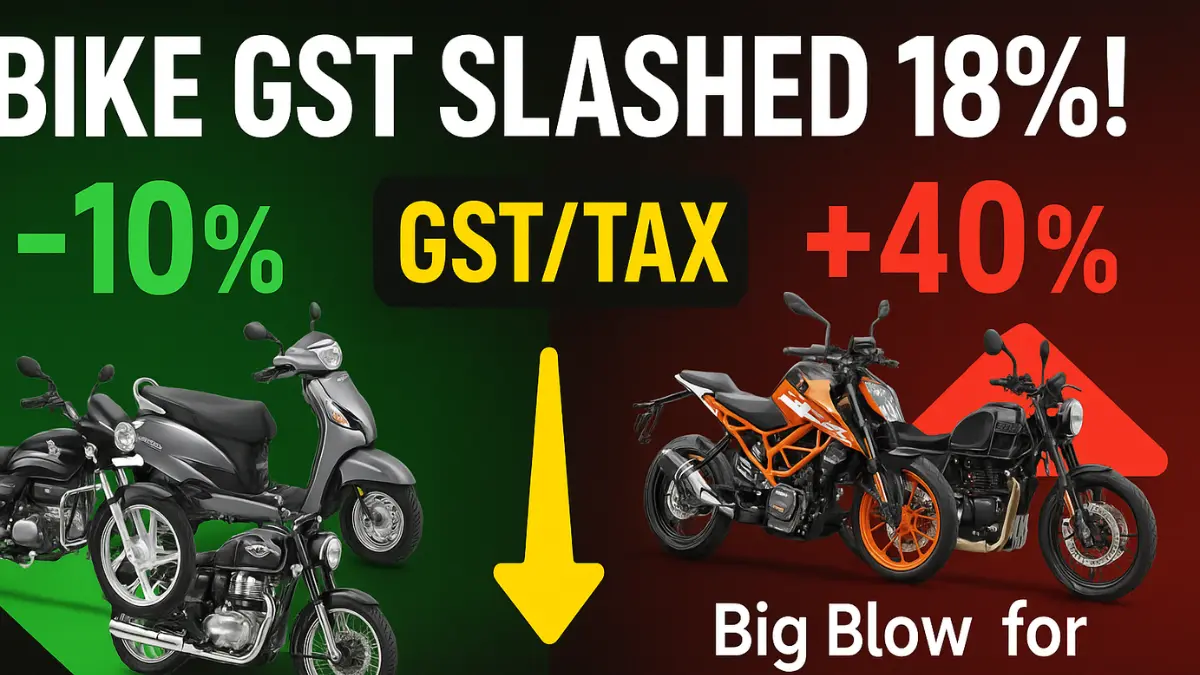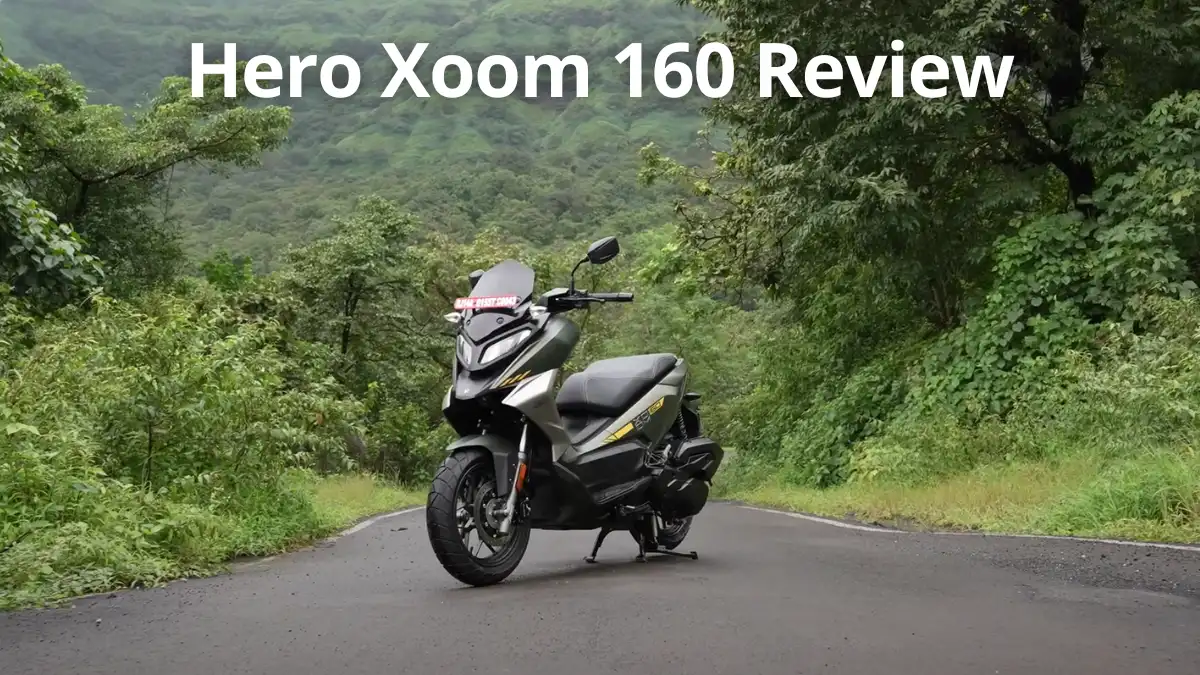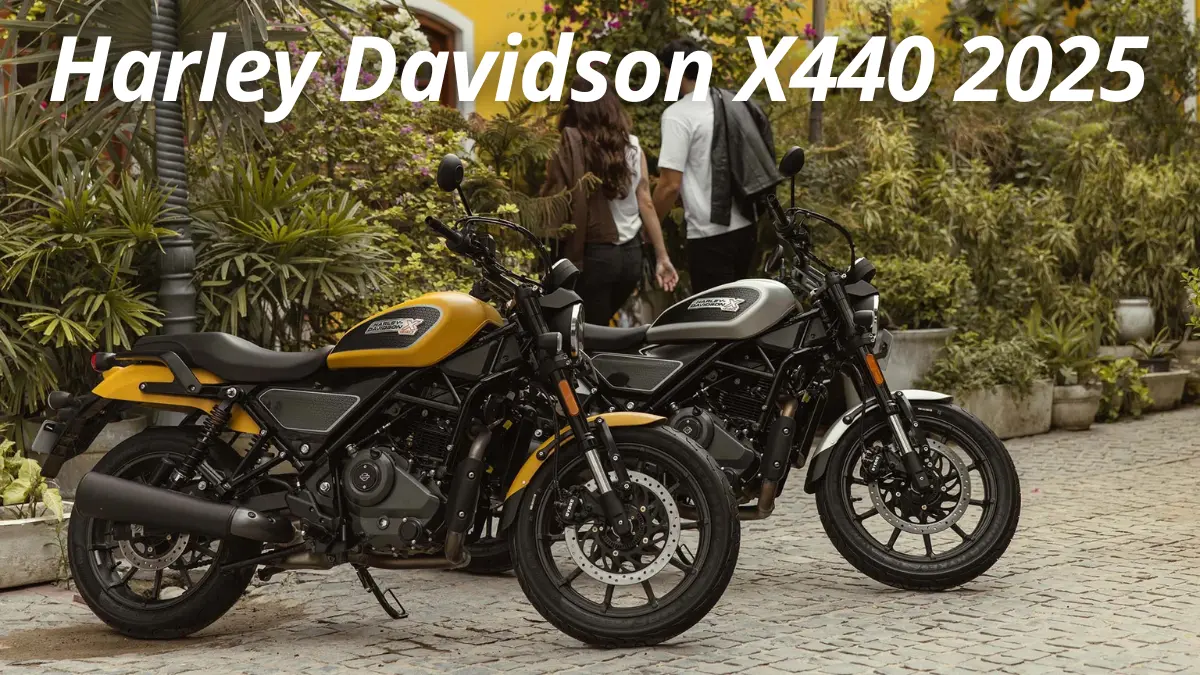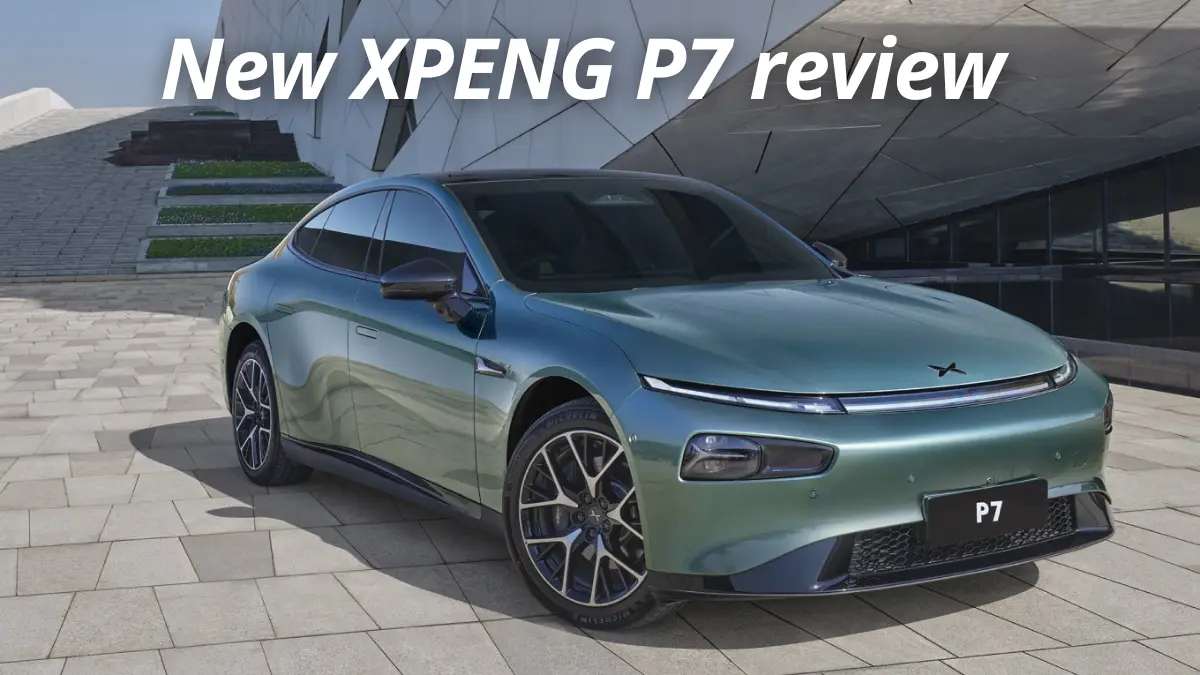In a landmark decision, the Finance Ministry has revised Goods and Services Tax (GST) rates on two-wheelers, delivering significant changes for the Indian motorcycle and scooter industry. Effective September 22, 2025, GST on motorcycles and scooters up to 350cc has been slashed from 28% to 18%, while motorcycles above 350cc will now attract a steep 40% GST, up from the previous 28% (including 3% cess).
This move marks the most sweeping tax reform for the two-wheeler sector in recent years, carrying both positive and negative implications for Indian bikers and manufacturers.
Relief for Mass-Market Segment
The biggest beneficiaries of this change will be the sub-350cc two-wheelers, which make up 98% of total sales in India. Popular commuter and mid-capacity models like the Hero Splendor, Honda Activa, Bajaj Pulsar, and Royal Enfield Classic 350 now fall under the lower 18% tax bracket.
Industry experts believe this cut will revive consumer sentiment and boost sales during the upcoming festive season. The move is expected to push volumes back to pre-COVID levels, offering much-needed momentum to manufacturers and ancillary suppliers who have been struggling in recent years.
Sharp Hike for Premium Bikes Above 350cc
On the flip side, buyers of larger motorcycles will face a substantial financial burden. GST on motorcycles above 350cc has been raised to 40%, making popular models like the KTM 390 Duke, Royal Enfield Himalayan 450, RE 650 Twins, Triumph Speed 400, and upcoming mid-capacity bikes from Aprilia, BMW, and KTM significantly more expensive.
While the paper difference looks like a 12% hike, factoring in the existing 3% cess means the effective jump is 9%, which still translates into a major increase in ex-showroom prices.
Analysts warn that this could slow down the growth of India’s mid-capacity motorcycle segment (350–500cc), an area where several international and domestic brands are investing heavily.
Concerns for Enthusiasts and the Industry
The new tax structure is being seen as imbalanced by many enthusiasts and industry experts. While mass-market buyers benefit, aspirational riders upgrading to mid-capacity motorcycles could be discouraged by higher costs.
Some experts argue that the government should have maintained the 28% rate for 350–500cc bikes, given India’s emergence as a global hub for sub-500cc motorcycles and the growing export potential of this segment.
Another concern is whether manufacturers will pass on the full GST benefit to consumers or adjust ex-showroom pricing to protect margins. Additionally, state governments may use this change as an opportunity to raise road taxes, offsetting the central relief.
What Lies Ahead: GST Rate Impact on Bikes
Overall, the GST cut to 18% for motorcycles and scooters under 350cc is expected to revitalize the two-wheeler industry, benefiting manufacturers, ancillary suppliers, and consumers alike. However, the 40% slab for larger bikes could dampen sales in the premium and enthusiast categories, forcing many buyers to postpone purchases or reassess budgets.
With the new GST rates taking effect on September 22, 2025, the industry will be closely watching sales trends in both mass-market and premium segments to assess the full impact of this bold tax restructuring.
Key Takeaway:
- GST reduced to 18% for bikes/scooters up to 350cc (98% of the market).
- GST increased to 40% for bikes above 350cc, raising prices significantly.
- Positive for mass-market sales, but a setback for mid-capacity and premium motorcycles.
Also Read –
Harley Davidson X440 2025 Launched in India with Comfort, Safety & Tech Upgrades You Can’t Miss






